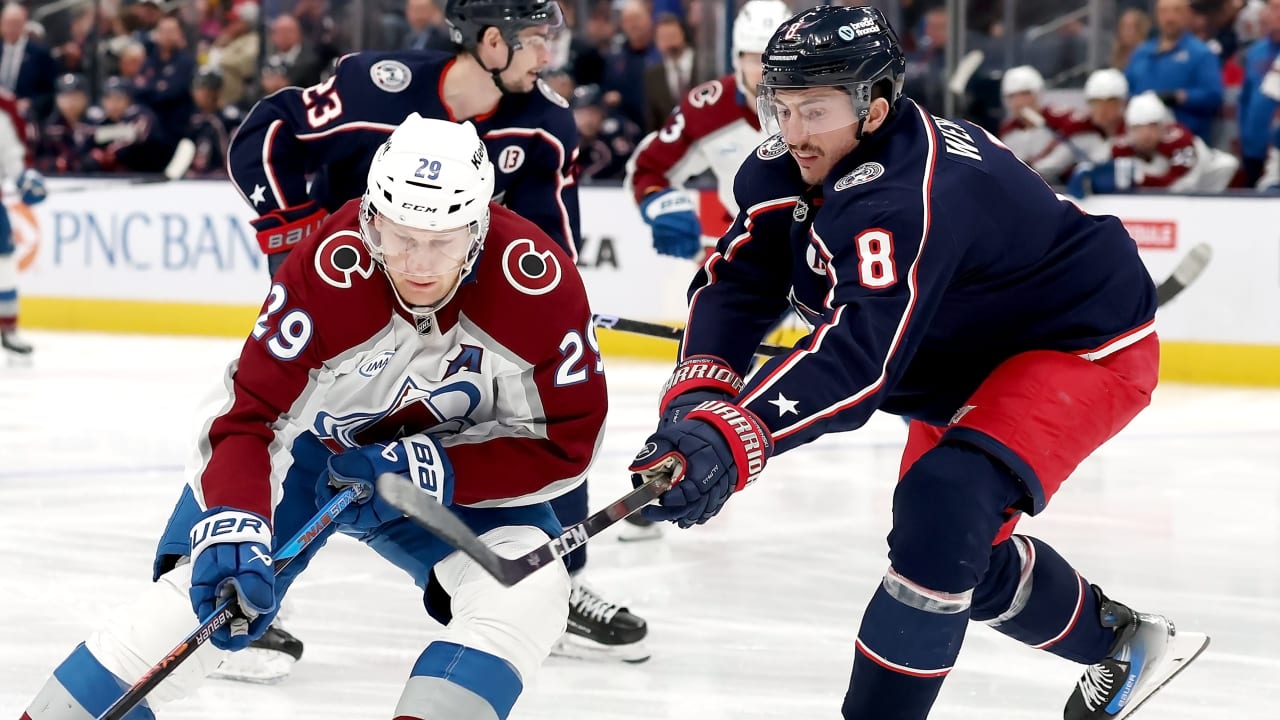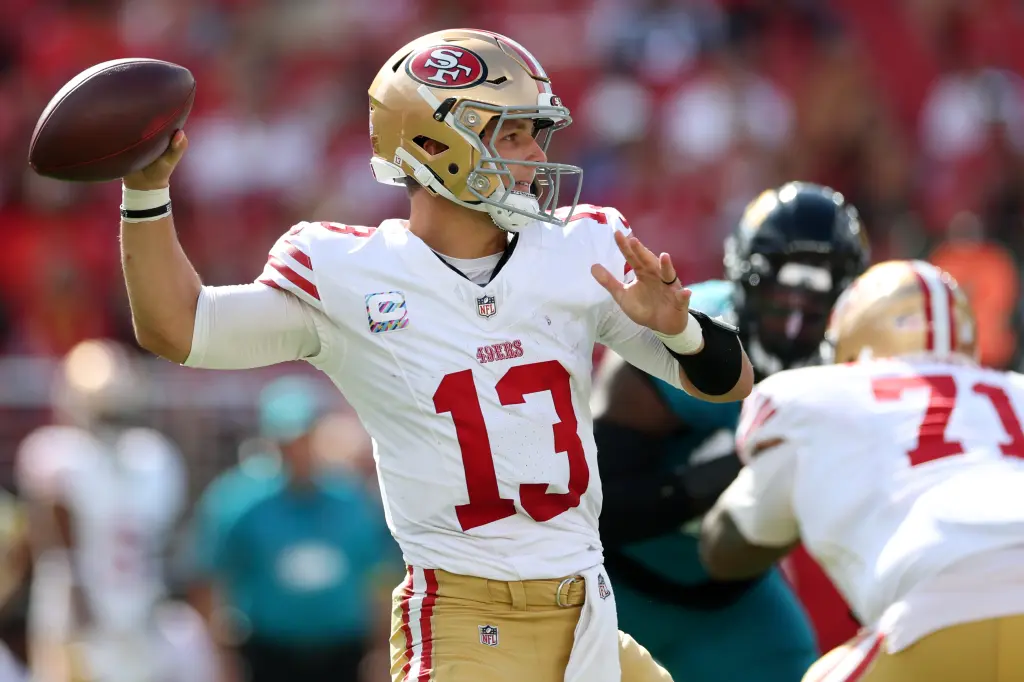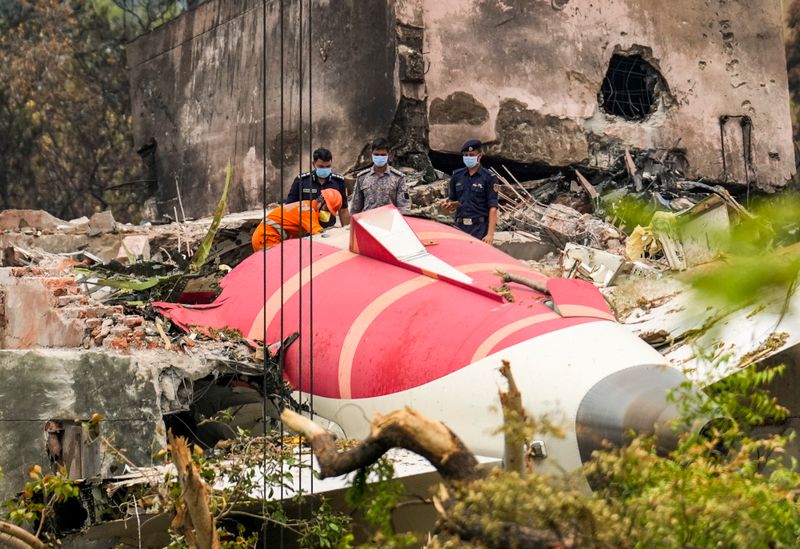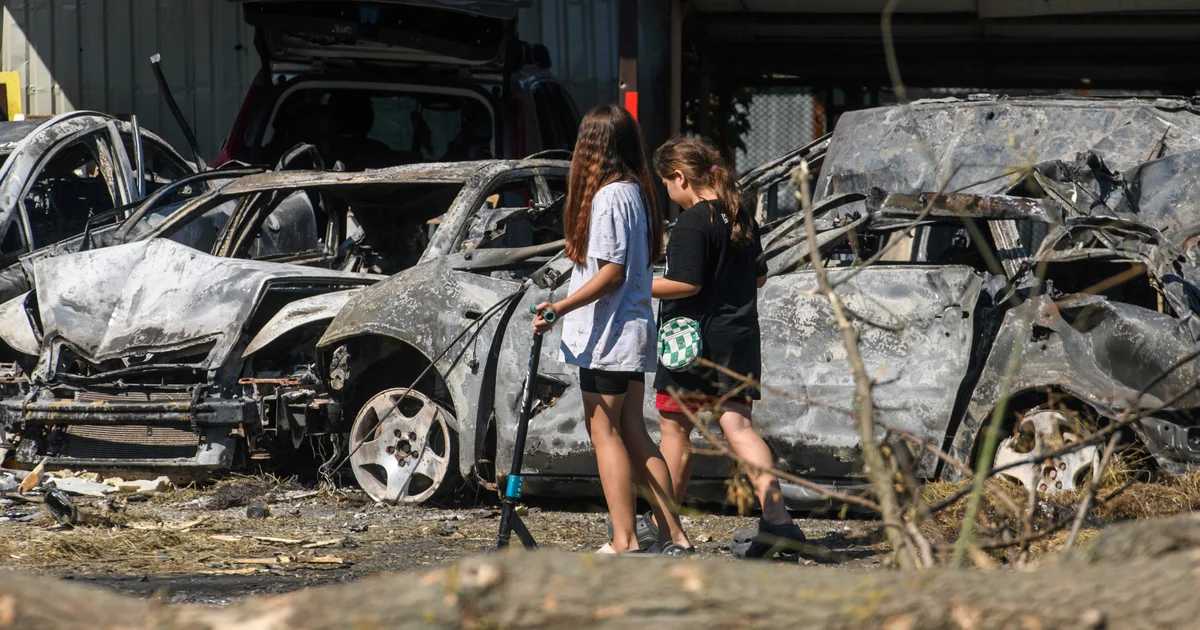
Which division will see the most standings change from last season to this season? — @IthrowUchacz
The Metropolitan and Central Divisions are wide open for change from last season to this season.
In the Metropolitan, there is the potential re-emergence of the New York Rangers and New York Islanders, who were fifth and sixth last season after being first and third, respectively, in 2023-24. The Columbus Blue Jackets, fourth last season, could keep climbing, and the Washington Capitals could regress after winning the division with 111 points. The Carolina Hurricanes and New Jersey Devils should be in the top three again; they were second and third, respectively, last season. The Philadelphia Flyers and Pittsburgh Penguins are projected to be at the bottom of the division for the second straight season.
In the Central, the Dallas Stars, Winnipeg Jets and Colorado Avalanche are projected to again be the top three, but the Utah Mammoth should be ready to climb after finishing sixth last season, and don’t be shocked if the Nashville Predators finds it this season after finishing seventh with a roster that experienced a lot of turnover during the 2024 offseason. That might not be good news for the Minnesota Wild and St. Louis Blues. It’s too soon for the Chicago Blackhawks.
Regardless, expect change. There were no repeat division winners last season, and only three of the eight teams that finished in first or second place were at least that good in 2023-24. Six teams improved by at least three spots in their division standings from 2023-24 to last season; five fell at least four spots.
What kind of linemate does Connor Bedard need to help him unlock his potential? I believe Frank Nazar’s playmaking would unleash Bedard’s shot, but the Blackhawks seem set on each anchoring their own line. — @JimmyBurnsy
The Blackhawks are looking at Bedard and Nazar centering their own line as a chance to spread their depth down the middle. If you put both on the same line, it thins the rest of their center depth, which impacts the rest of their forward lines. Putting Bedard and Nazar together on the same line is an in-game change that coach Jeff Blashill can make. Ryan Donato can move to the middle if Nazar moves up to play with Bedard.
Bedard’s talent should allow him to drive his own line and have his wings play off his strengths. A strong distributor on one side to draw opponents to him and allow Bedard to get open for his shot is key. A net driver to open lanes on the other side gives Bedard a better chance of getting the shot through or at least into traffic. He has been playing with Donato and Andre Burakovsky through most of training camp. That might be the way Chicago starts. Donato drives the net; Burakovsky has a mix of everything and he plays with speed.
Which first round players from this year’s draft will stick and make season opening rosters? — @MrEd315
The obvious candidates are Islanders defenseman Matthew Schaefer and San Jose Sharks forward Michael Misa, the top two picks, respectively, in the 2025 NHL Draft.
Schaefer could already be a lock to be in New York’s top six on opening night, Oct. 9 at Pittsburgh. He has been skating regularly with Scott Mayfield. That could and likely will be the third defense pair to start the season behind Alexander Romanov and Tony DeAngelo, and Adam Pelech and Ryan Pulock.
Misa has the inside track to be the Sharks’ No. 2 center behind Macklin Celebrini, who was the No. 1 pick in the 2024 NHL Draft. He has played with both William Eklund and Tyler Toffoli at different times. Eklund and Toffoli will be in San Jose’s top-six forward group.
Brady Martin, who went No. 5 to the Predators, has a chance to be in the lineup against the Blue Jackets on Oct. 9. Martin, a forward, has impressed, so much so the Predators could keep him to see how he plays in regular-season games before deciding if his immediate future is in Nashville or the Ontario Hockey League. He is strong on the puck, aggressive on the forecheck, just a pain in the rear end to play against. Can he do that as an 18-year-old in the NHL for 82 games? There’s no reason to rush him.
What are your thoughts on the Rangers going into the season? Have they done enough with line combinations, new captain, new coach, free agency, etc. to get back into contention, or are we maybe looking at another season of maybe playoffs and an early exit? — @AdrianFinnegan
Fans of the Rangers should be entering the season with cautious optimism.
Mike Sullivan could be the right coach at the right time. Like the Rangers, Sullivan is hungry to get back into the Stanley Cup Playoffs. He missed in each of his final three seasons with the Penguins. Sullivan’s tone in practice and in his breakdowns in press conferences tells how excited he is about the opportunity and the belief he has in the team. He has total control.
Line combinations will change, but the Rangers have a defined top- and bottom-six forward group. There’s mild concern about the health of center J.T. Miller, their new captain, after he sustained a lower-body injury in practice Monday. He is day to day after not practicing Tuesday, but since it doesn’t appear to be a long-term issue, the line projections could be the same. Miller, Mika Zibanejad, Will Cuylle, Artemi Panarin, Vincent Trocheck and Alexis Lafreniere are in the top six; the third line is still being defined with Juuso Parssinen, Conor Sheary, Taylor Raddysh, Jonny Brodzinski, Gabe Perreault and Brett Berard all pushing for playing time. More cuts are coming, though. If the fourth line is Sam Carrick between Matt Rempe and Adam Edstrom, it’ll be a rugged line to play against.
The concern is on the back end after the top pair of Vladislav Gavrikov and Adam Fox. The next four are Will Borgen, Carson Soucy, Braden Schneider and Urho Vaakanainen. Do they have enough depth? Is there a reliable second pair? The Rangers could look to bolster their back end before the 2026 NHL Trade Deadline on March 6.
There are zero questions in goal with Igor Shesterkin and Jonathan Quick.
Miller seems to have an authoritative voice in the room as the captain. He will set the tone for New York. If the rest of the core players, namely Zibanejad, Trocheck, Fox and Panarin, follow, the Rangers will have a strong leadership group that is in lockstep with the captain and coach. That is essential to their success.
Will new playoff salary cap rules make the trade deadline very bland or will the teams have figured out loopholes? — @ellja_
It is hard to say if it’ll make the Trade Deadline bland or what loopholes, if any, teams might find. What we can say is the implications of the playoff salary cap go beyond the Deadline. It impacts all trades made during the season, cap accounting and potentially long-term injured reserve decisions, but it’s important to remember the playoff cap is limited to the 20-man lineup a team uses in a playoff game (18 skaters, two goalies). Teams can exceed the $88 million salary cap for their full playoff roster, but their lineup for each game must be cap compliant.
So, Team A won’t be able to put a player on long-term injured reserve, exceed the cap by his average annual value, bring the player off LTIR in time for the playoffs and insert him back in the lineup for Game 1 without other modifications. They’ll have to have the appropriate cap space to make him a part of the 20-man roster for a game, but it won’t prevent Team A from using the LTIR cap relief available to add during the regular season. They can still do that and then make decisions from there for their playoff lineups.
A big impact will be cap accrual and accounting. Teams accrue salary cap space by staying under the cap for portions of the season, allowing them to have more cap space later. But before the playoff cap, when they acquired a player, only a portion of his cap (pro-rated to the date they acquired him) would count on their cap for the remainder of the season, and it was not a factor in the playoffs. Now, a player’s full salary cap charge will count in the playoffs if he is in the 20-man lineup, so the previous type of cap accrual and accounting is no longer a viable avenue for teams right up against the cap.
You’ll likely continue to see salary retention in trades to bring down the cap charge on a player, but there now should be greater return value for the team who is willing to retain salary. So, if you’re asking Team A to retain 50 percent of a $7 million AAV, it should want more in return because retaining salary now helps Team B in the regular season and in the playoffs.



